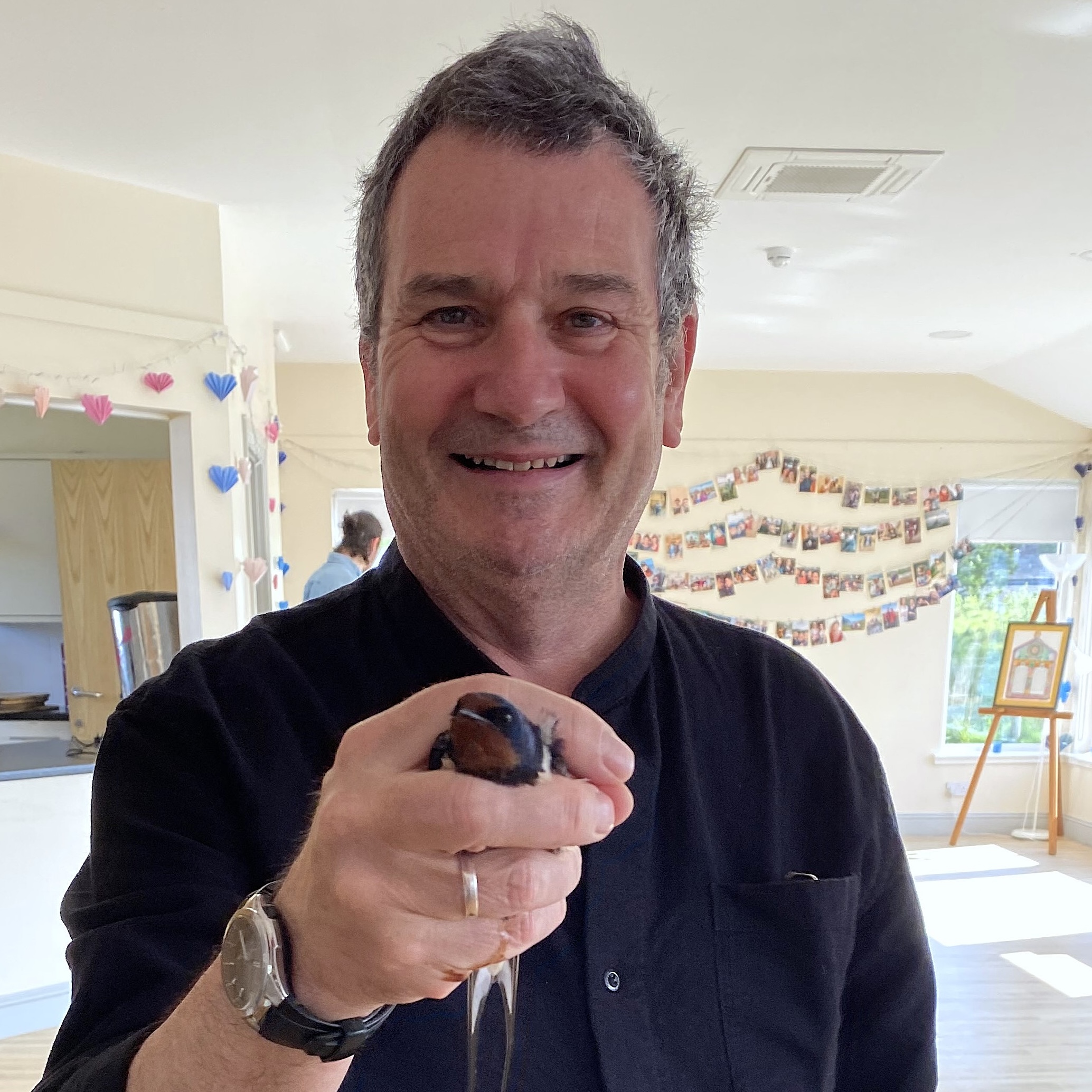Ospreys: The bird that went extinct in Britain for 40 years, and its journey to conservation success story
Once extinct in these isles, the gargantuan, deep-diving osprey locks onto its piscine prey with a laser-like precision akin to the trajectory of a blunt-tipped missile. Naturalist and author Mark Cocker tells more.
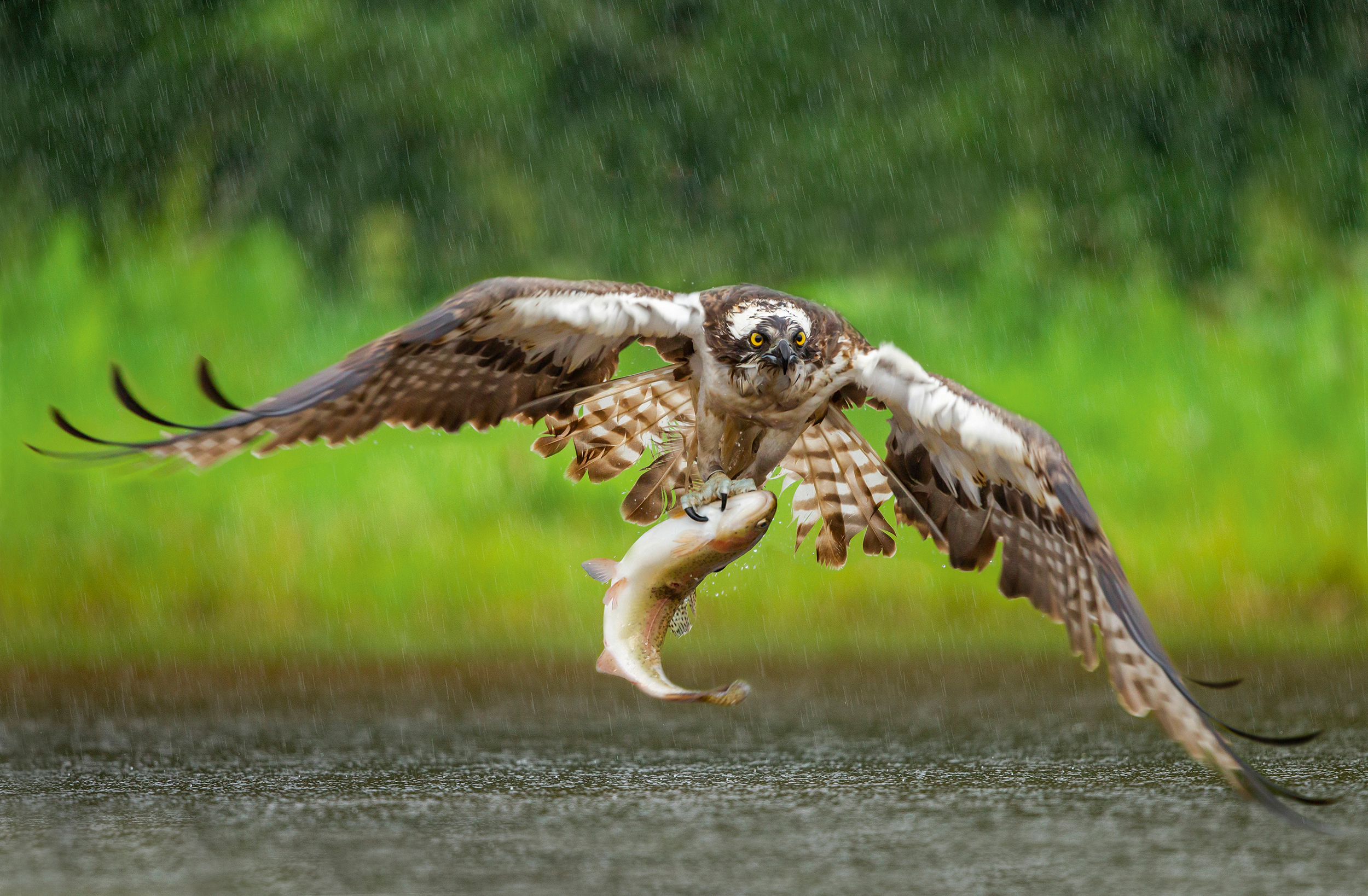
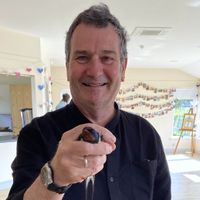
Second only to our eagles in size, with a wingspan of 5½ft, the osprey (Pandion haliaetus) is one of the most impressive of Britain's birds of prey. The signature drama attached to its name is considered one of the most awe-inspiring sights in all of British Nature. Ospreys are fish-eating and known to catch a wide variety of species, such as trout and salmon, but also pike, grey mullet, carp and even flounder. The hunting scenario unfolds with a bird hovering sometimes nearly 100ft above a river or lake, where it shifts angle and elevation until it locks with laser-like acuity onto the prey below.
That triggers a long lunging dive, when the wings stretch behind the body like the fins on some blunt-tipped missile. With enormous force, the bird plunges under and then settles momentarily at the surface, riding its own heaving bow-wave. Thanks to its extra-long claws and coarsely spiked feet for grip, an osprey often pauses on resurfacing to secure any invisible prey. Then, up it heaves, the wings working in wide rotation until it is air-borne once more, glittering water droplets all around and, occasionally, clutching a fish weighing as much as itself.
For once, this thrill is almost equalled by the human drama involved in our long campaign to recover ospreys as a breeding species. The tale’s complete arc is one of redemption after a long episode of intolerance and persecution. Ospreys were killed by those resentful of their fishing prowess, although it was the impact of Victorian collectors, desirous of the beautiful, brown-blotched eggs or the skins for taxidermy, that issued the coup de grâce. By 1916, the species was extinct in these islands.
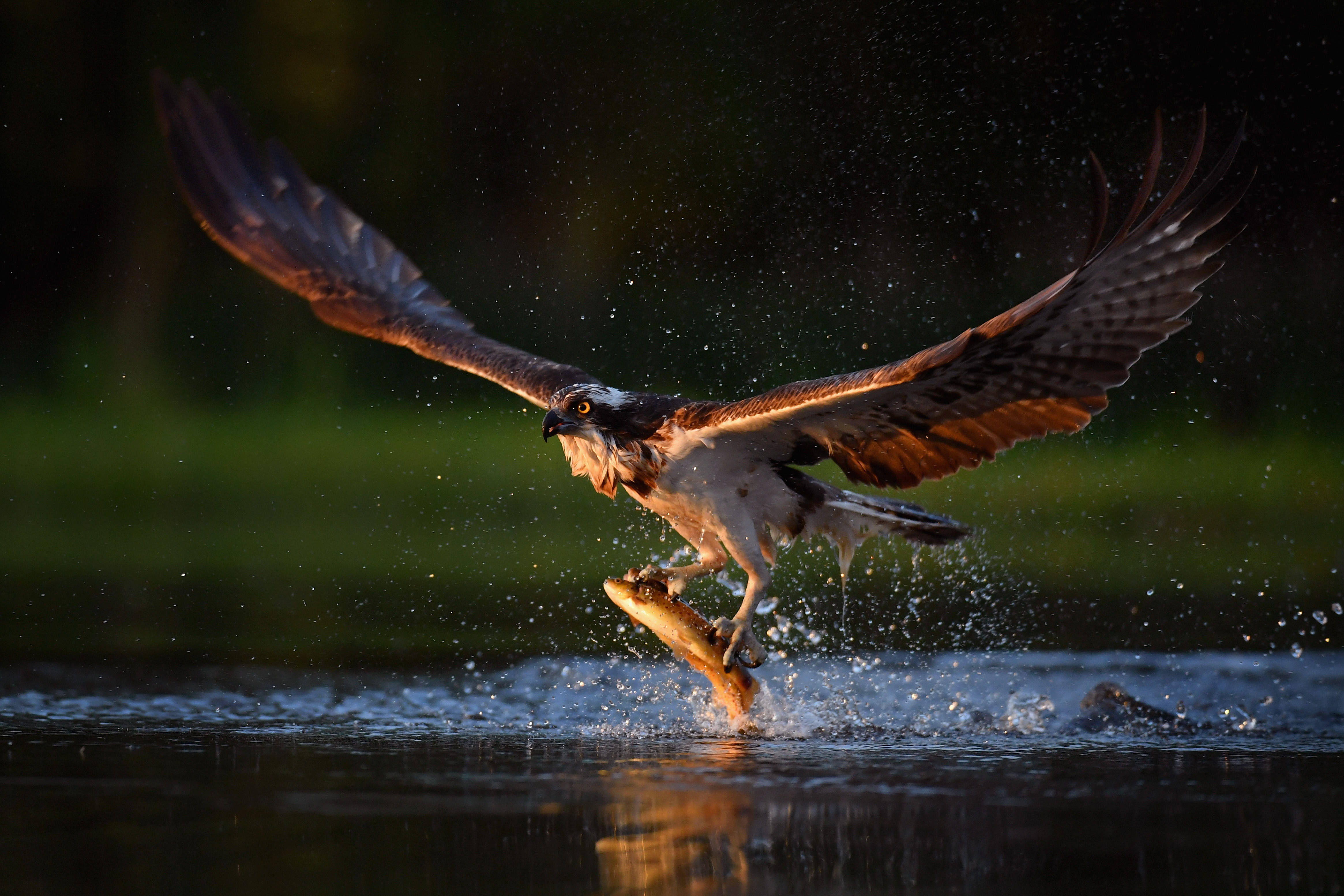
Almost 40 years would pass before ospreys ventured a return, most notably at Loch Garten in the shadow of the Cairngorms, a place almost synonymous with the RSPB. It was the bold plan dreamt up by then Scottish director George Waterston to protect ospreys, not under a cloak of secrecy, but in the full glare of international attention. ‘Operation Osprey’ was born.
Millions of people have visited the reserve to catch a glimpse of the eyrie and many probably did so under the impression that these birds were the only ospreys in Britain. In truth, the species had been quietly establishing itself across the lochs and forests of Scotland for decades. Yet the fame of the Garten birds helped to deflect attention and pressure away from more vulnerable sites.
Since then, ospreys have gone from strength to strength, partly because of reintroduction programmes, many of them inspired by visionary environmentalist Roy Dennis. A key staging post for birds on migration through England is the Midlands reservoir at Rutland Water and it was there that he and others built the artificial platforms that eventually secured the desired outcome. By 2023, 250 chicks had fledged at Rutland and these fresh recruits underpinned new osprey nest sites in the Lake District (1999), at Kielder Forest in Northumberland (2009), in mid Wales (2004) — most notably at Glaslyn and on the River Dyfi — and at Poole in Dorset (2017). Today, there are at least 242 pairs, with ongoing increases boldly predicted.
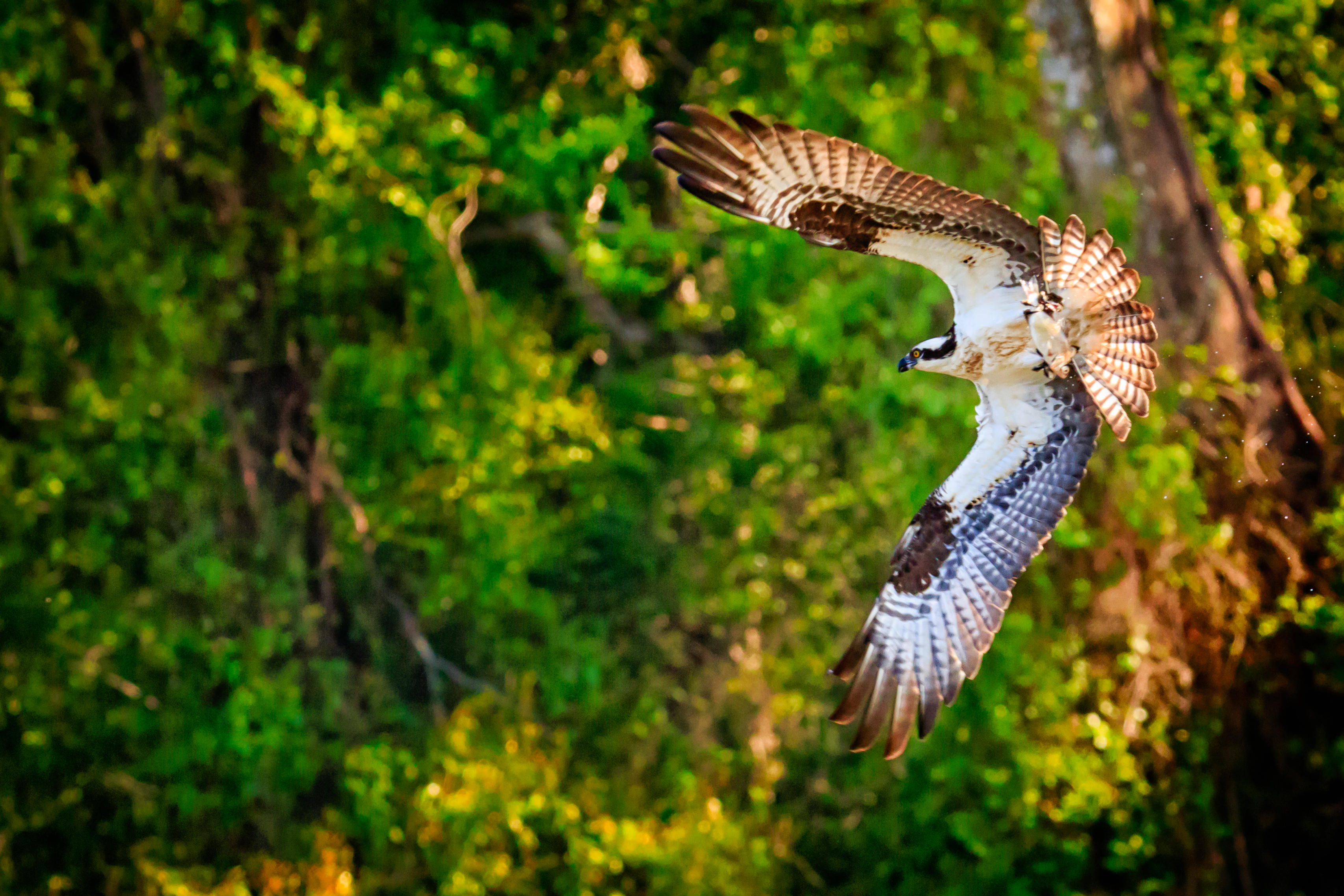
Of all raptors, this species is the most exclusively dependent on fish and is considered the sole representative of a unique family. Specialisation, however, has brought near-global success. Ospreys are spread through North America from Mexico and Alaska right across to Arctic Canada. As well as having an enormous Eurasian range, they breed widely around the coastlines of Australasia. With the exception of the latter population, ospreys remain intercontinental migrants and British birds make a biennial flight to and from Africa.
Exquisite houses, the beauty of Nature, and how to get the most from your life, straight to your inbox.
It is remarkable to reflect on the life of one extraordinary female at Glaslyn, affectionately known as Mrs G. In 19 years of an action-packed life, she would have flown out of Africa every spring, but more staggering, perhaps, was her laying and brooding of 60 eggs and 52 chicks from 2004 onwards, 44 of which she reared with various partners to flying stage. She was grandmother to 130 and a dynamo for her species’ re-establishment in Britain.
We often think of that resurrection as a triumph of our enlightened action, implemented through the work of numerous volunteers. We should recall, however, that it was always a partnership between ourselves and an extraordinary bird.
Mark Cocker is a naturalist and multi-award-winning author of creative non-fiction. His latest book, ‘One Midsummer’s Day: Swifts and the Story of Life on Earth’, is out in paperback (Vintage)
This article first appeared in the print edition of Country Life, May 21, 2025.
Mark Cocker is a naturalist and multi-award-winning author of creative non-fiction. His last book, ‘One Midsummer’s Day: Swifts and the Story of Life on Earth’, is out in paperback. A new book entitled 'The Nature of Seeing' will be published next year by Jonathan Cape.
-
 Suit yourself: I’m a 49 year-old man-about-town and I’ve never owned a suit
Suit yourself: I’m a 49 year-old man-about-town and I’ve never owned a suitWhen Hugh Smithson-Wright turned up to Country Life's annual Gentleman's Life party sans suit, it sparked a passionate conversation about why the formal fashion just isn't for everyone.
-
 'The ugliness and craziness is a part of its charm': The Country Life guide to Bangkok
'The ugliness and craziness is a part of its charm': The Country Life guide to BangkokWhere to stay, where to eat and what to do in the Thai capital.
